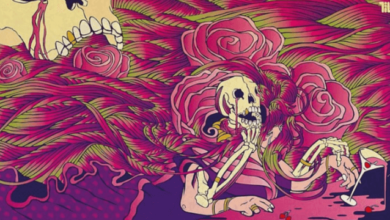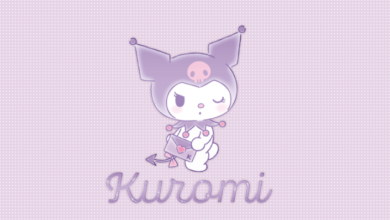The Revival of Smocks: A Fashion Statement Beyond the Canvas

In the ever-evolving world of fashion, trends come and go like the seasons. However, there are some styles that transcend time, reappearing cyclically to make a statement in the contemporary scene. One such garment experiencing a revival is the humble smock. Once relegated to the realm of painters and artisans, smocks are now making waves in the fashion industry as a versatile and chic wardrobe staple.
A Brief History
The origins of the smock can be traced back centuries, where it served primarily as a protective garment for workers, particularly in rural areas. Its loose, comfortable fit and durable fabric made it ideal for labor-intensive tasks such as farming, painting, and pottery. The characteristic loose shape, ample pockets, and often utilitarian design elements made it a practical choice for individuals seeking both functionality and comfort.
The Renaissance of Smocks
Fast forward to the present day, and the smock has undergone a remarkable transformation. What was once solely associated with manual labor has now been embraced by designers and fashion enthusiasts alike. The revival of the smock can be attributed to several factors, including a growing appreciation for utilitarian fashion, a desire for comfort-driven clothing, and a resurgence of interest in artisanal craftsmanship.
Versatility Redefined
One of the key reasons behind the resurgence of the smock is its unparalleled versatility. No longer confined to the workshop or studio, modern iterations of the smock are designed to seamlessly transition from day to night, from work to leisure. Whether paired with tailored trousers for a polished look or layered over a slip dress for a casual vibe, the smock offers endless styling possibilities. Its relaxed silhouette appeals to those seeking effortless elegance, while its practical features such as oversized pockets and adjustable closures add a touch of functionality to any ensemble.
Embracing Sustainability
In an era where sustainability is at the forefront of consumer consciousness, the smock emerges as a champion of eco-friendly fashion. Crafted from durable, natural fabrics such as cotton, linen, and hemp, smocks are not only long-lasting but also biodegradable, making them a sustainable alternative to fast fashion trends. Additionally, the resurgence of smocks has led to a renewed interest in traditional craftsmanship, with many designers opting to produce their garments locally using ethical practices and artisanal techniques.
A Blank Canvas for Self-Expression
Beyond its practicality and sustainability, the smock serves as a blank canvas for self-expression. Whether adorned with intricate embroidery, bold prints, or minimalist embellishments, the smock allows individuals to imbue their personal style into every stitch. From bohemian florals to contemporary geometric patterns, the diversity of designs available ensures that there is a smock to suit every taste and occasion. Furthermore, the relaxed fit of the smock promotes inclusivity, accommodating a wide range of body shapes and sizes with ease.
Conclusion
In conclusion, the revival of the smock represents more than just a passing trend in fashion—it symbolizes a shift towards comfort, functionality, and sustainability. What was once a garment associated with manual labor has now been reimagined as a versatile wardrobe staple that transcends traditional boundaries. From its humble origins to its contemporary resurgence, the smock continues to captivate fashion enthusiasts with its timeless appeal and endless possibilities for self-expression. As we navigate an ever-changing fashion landscape, the smock serves as a reminder that sometimes, the most enduring trends are those rooted in history and reinvented for the modern age







